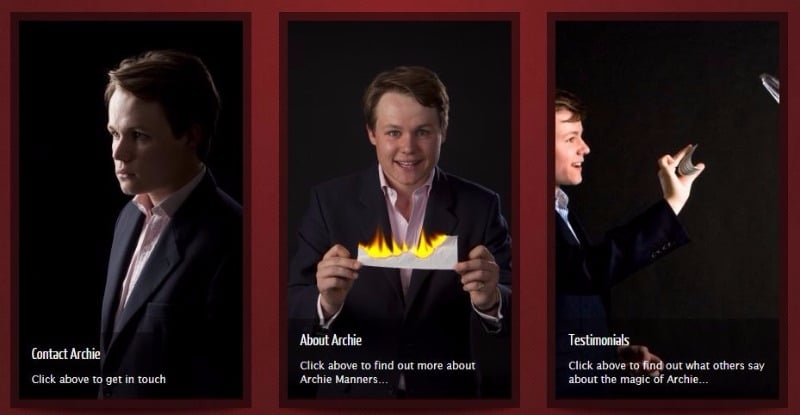What different types of hypnosis are there?
Posted on
As a Hypnotherapist sometimes people come to me who think that it is all about just closing your eyes and listening but in fact there are many different techniques and types of intervention available to me in order to really help you these can include:
Cognitive behavioral therapy.
CBT is a form of talking therapy that combines cognitive therapy and behavior therapy. It focuses on how we think about the things going on in our life – our thoughts, images, beliefs and attitudes (our cognitive processes) – and how this impacts on the way we behave and deal with emotional problems. It then looks at how we can change any negative patterns of thinking or behavior that may be causing us difficulties. In turn, this can change the way we feel.
Solution focused hypnotherapy.
Solution Focused Hypnotherapy uses practical, modern and well researched strategies to help people make significant, positive changes in their lives in a relatively short period of time. SFH looks at what the client wants to achieve rather than on the problem that prompts them to seek change. This approach focuses on the present and future and not on the past. The Hypnotherapist asks the client to consider their preferred future, for instance, what would be better if the problem had improved? What would have changed? This enables the client's possible solutions to become more apparent and aids working towards them.
Ericksonian Hypnosis
Many people think that hypnosis is a case of telling people what to do. Ericksonian hypnotherapy uses more of what it is called indirect suggestions. Indirect suggestions are much harder to resist because they are often not even recognised as suggestions by the conscious mind, since they usually disguise themselves as stories or metaphors. An example of an indirect suggestion is " and perhaps your eyes will grow tried as you listen to this story, and you will want to close them, because people can, you know, experience a pleasant, deepening sense of comfort as they allow their eyes to close, and they relax deeply."
Eye Movement Desensitisation and Reprocessing.
EMDR is a comprehensive, integrated approach that contains many elements of therapies designed to maximise treatment effects. It is an information processing therapy that uses an eight phase approach to address the clients issues. It attends to the past experiences that have set the groundwork for pathology, the current situations that trigger the dysfunctional emotions, beliefs and feelings, and the positive experience that can enhance the future behaviours and health.
Timeline Therapy
Our "Time Line" is how we unconsciously store our memories or how we unconsciously know the difference between a memory from the past and our imagination of the future. Behavioural change in an individual takes place at an unconscious level. People don't change consciously. The Time Line Therapy techniques allow us to work at the unconscious level and release the effects of past negative experiences and change "inappropriate" programming in minutes rather than days, months or years. By taking the client back and forth over their timeline excellent responses can be achieved in a short period of time.
NLP
NLP stands for neuro linguistic programming. Created by Richard Bandler and John Grinder its techniques can be used to effectively reprogram the brain. Sometimes called “software for the brain” Modelling is a core activity in NLP, and is the process of extricating and replicating the language structure and behavioural patterns of an individual who is excellent at a given activity. Many people study NLP to help them become more effective in their chosen field. The patterns can be employed across a wide area of applications ranging from fields as diverse as education, team building, sales, marketing, personal development, leadership and coaching. Wherever there is human interaction and growth potential, NLP can be used to develop and enhance performance. It is ideal to use with clients who are resistant to the thought of going into trance.
These are just some of the techniques and as a practitioner being able to call on many different “tools in the box” means that it really can help to find the best way forward for you. When looking for a hypnotherapist do be sure to ask them about training and the different ways that they can assist you.
